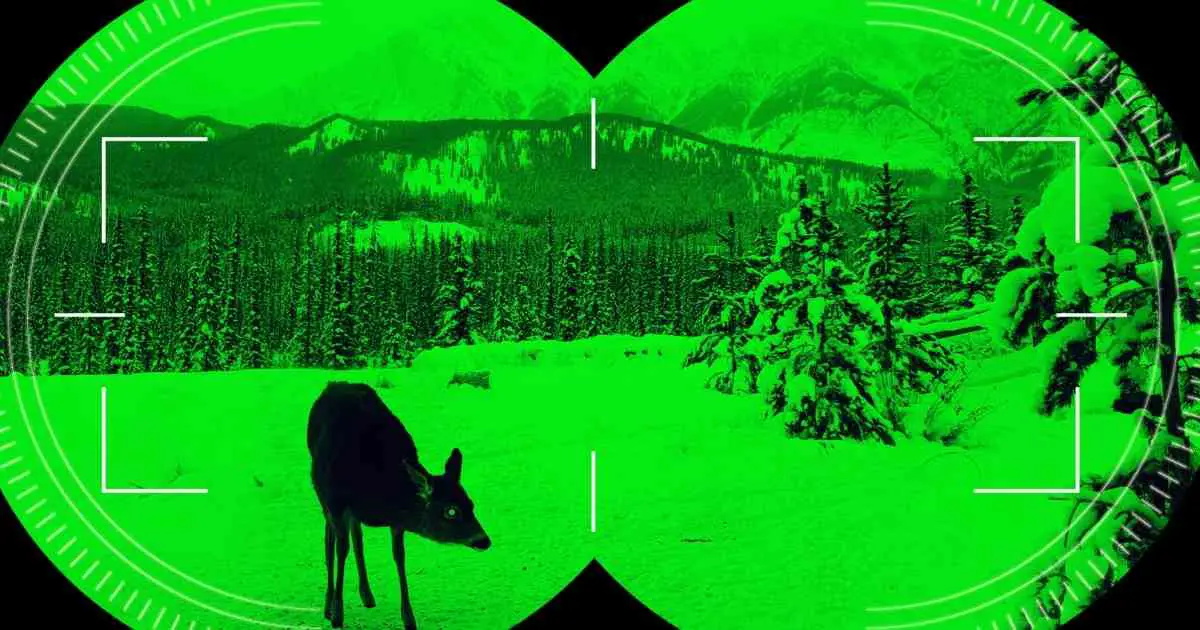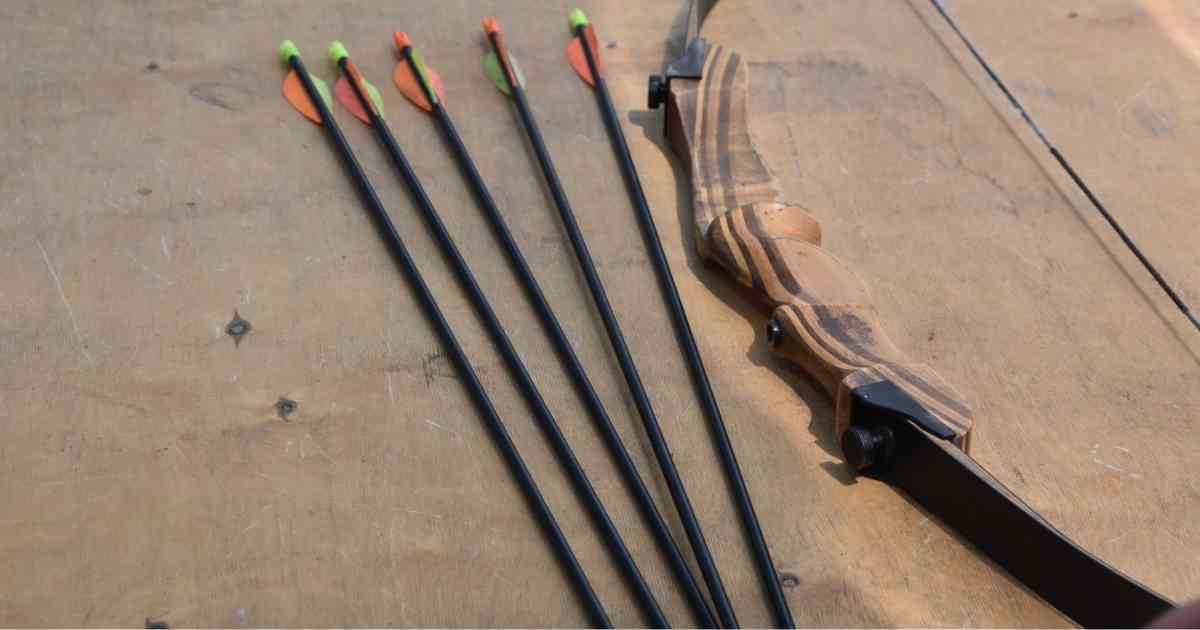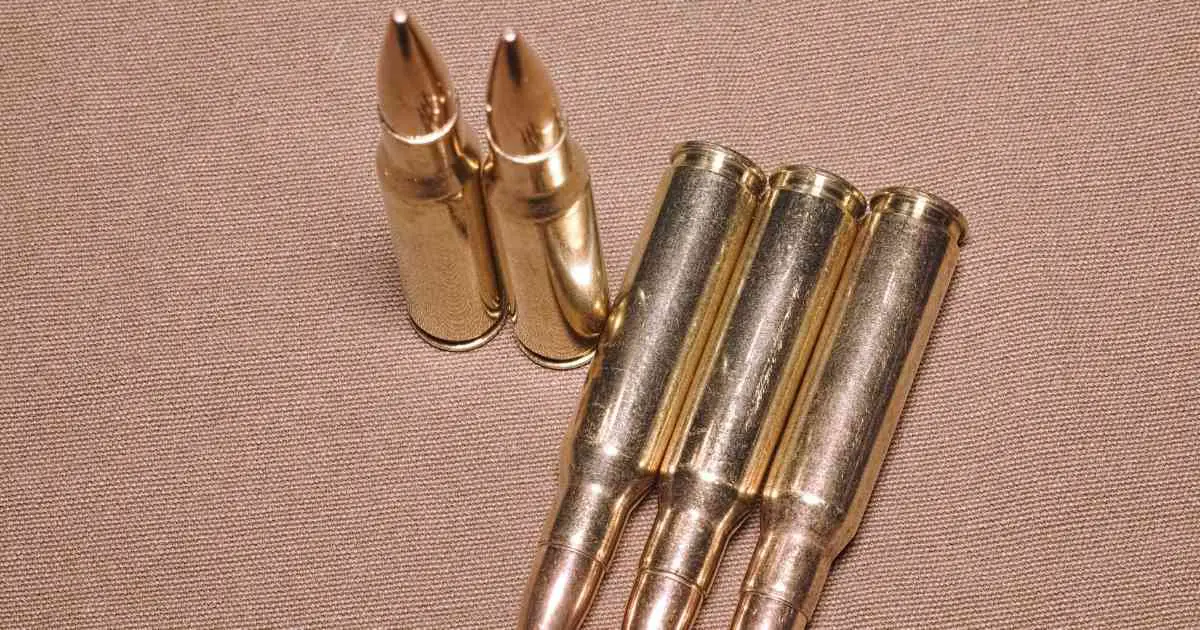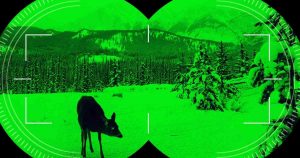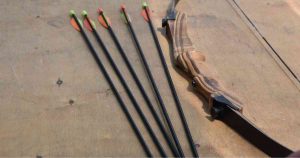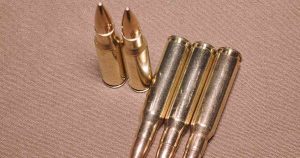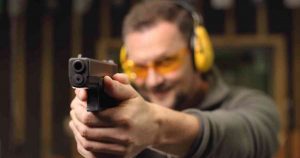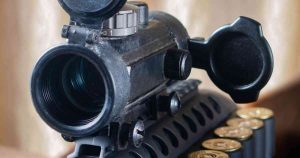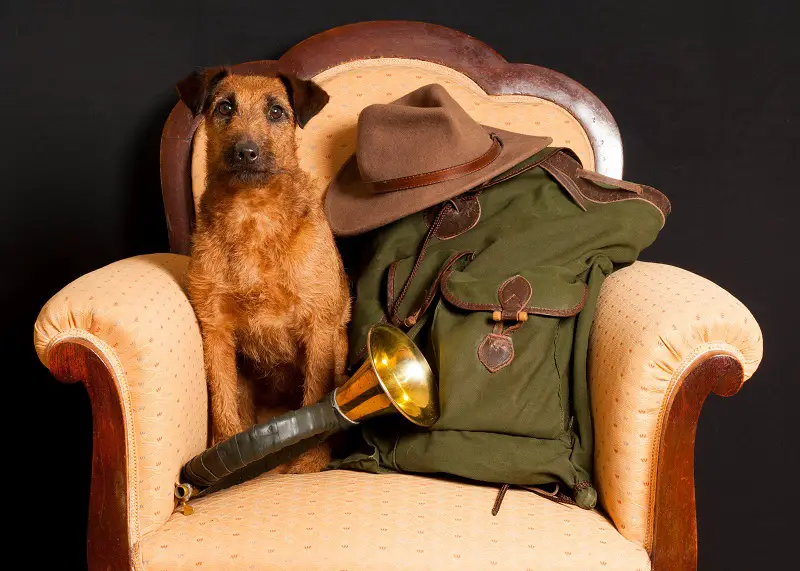
When it comes to hunting, there is a lot of gear that you will need to take with you, and this goes for both day and overnight hunting trips. You might think that you just need a gun, some ammo, and a bit of luck, but there is a bit more to it than that.
Every good hunter knows that a good backpack is needed for any hunting trip. When it comes down to it, there is actually a whole lot of gear that you will need to bring with you, and this means that any hunting backpack you have needs to be a good model, one that has lots of space.
However, even if you have a roomy hunting backpack, when you have gathered all of your gear, packing it the right way is a different story.
Packing your hunting backpack the right way can make the difference between being able to fit all of the essential gear or not. It can also make the difference between having easy access to the gear you need right away or having to dig through the pack to get to something you need.
Let’s discuss how to pack a hunting backpack the right way.
Read Article: Do You Need a Sleeping Bag For Travel
Day Trip Hunting – The Backpack
The first thing to keep in mind when it comes to packing your hunting backpack for a day hunting trip is to get the right bag. Because you will not be requiring sleeping, cooking gear, and other such things, you don’t need to get a huge backpack.
You should be fine going with a backpack that is between 800 and 1,400 cubic inches.
This should provide you with more than enough room to fit all of your hunting gear for a day trip.
Keep in mind that this is just a general guideline, but at the end of the day, you need to know how much gear you have and how much room you will require to pack it with relative ease. The size of the hunting backpack in question can make all of the difference here.
Gear You Will Need
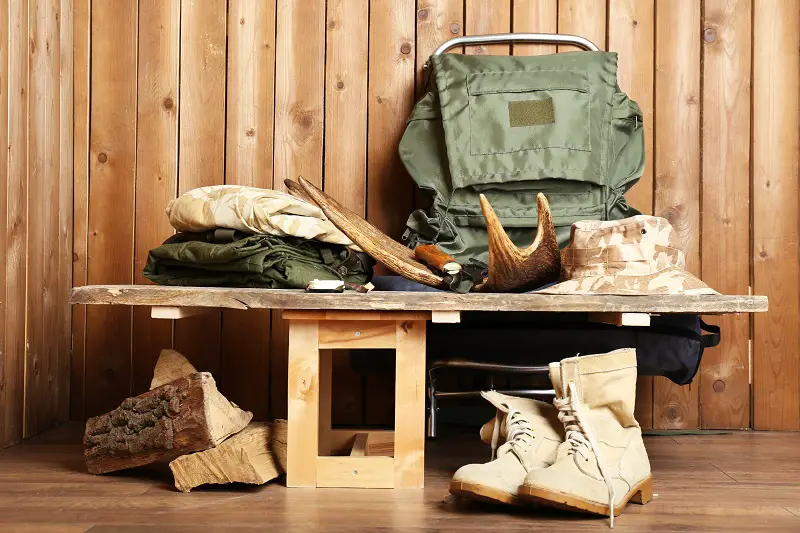
Ok, so we now know approximately how large your hunting backpack for a day trip needs to be, and now you also need to know what kind of gear you need to bring with you.
There are quite a few things that you will need to bring, so let’s go over all of the most important day trip hunting essentials right now.
- Hunting rangefinder
- Hunting binoculars
- Camo hat
- Camo gloves
- Rain pants
- Raincoat
- Rifle
- Game calls
- Rubber gloves
- Outdoor hunting knife
- Game bag
- Hatchet
- Facemask
- Orange safety vest
- Wallet
- Cellphone
- Ammunition
- Broadheads
- Bone saw
- Water
- Food
- Extra socks
- First aid kit
How To Organize A Hunting Pack For A Day Trip
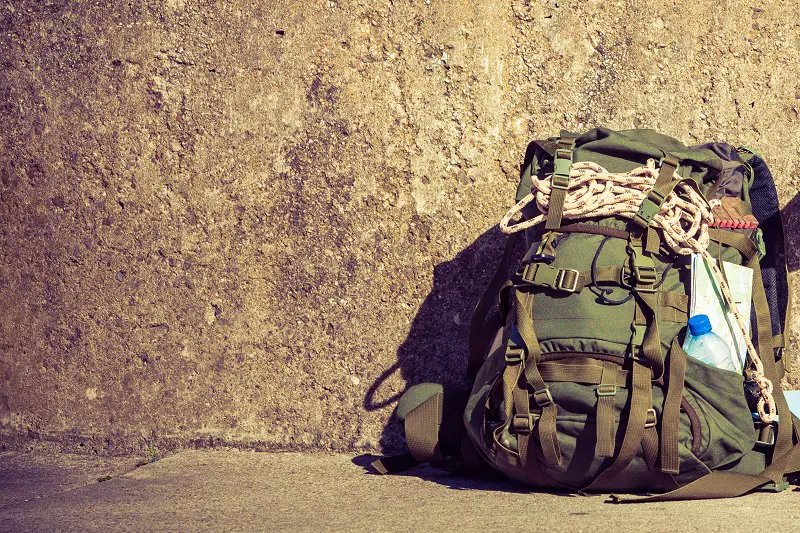
As you can see, there is a lot of gear that you need to take with you for a hunting trip, even for a one-day hunting trip. It would be a big mistake to just throw all of this gear into your backpack at will; you can’t just stuff this hunting gear in there and hope for the best.
The point here is that you want to have easy access to what you need right away.
When it comes down to it, you do not want to waste time sorting through your pack when you need something. Furthermore, the fact is that sifting through your gear to find a single item is going to be very noisy, and noise is one of the worst enemies for a hunter.
So, let’s now talk about how to pack a hunting backpack and how to organize it for maximum efficiency.
First off, any of the hunting gear that you will need after the hunt or near the end of the hunt should be packed at the bottom of the backpack. Remember the order here, because things you need last have to be packed first, and things you will need first need to be packed last.
Game bags, dressing gear, and anything else that you will need at the end of the hunt should go in the bag first.
Now that you have the bottom layer packed, the next layer, should be backup gear, changes of clothing, and things like raingear.
Thick gloves, the hat, extra coats, and other such things should be what this next layer consists of, anything you might need if conditions worsen, but things you might not necessarily require.
The top layer of the hunting backpack should consist of the gear you will definitely require, especially near the beginning of the hunt. This means that items such as ammunition, scopes, bait, your knife, binoculars, game calls, range finders, and other such gear should all be at the very top for easy access.
These are all items that you do not want to be sifting through your bag for, especially when you require them immediately. Consider that if any of these items are very small, they may fall to the bottom of the pack. Very small pieces may be candidates for extra or side compartments.
In terms of your own food and water, you don’t want them obstructing your hunting gear in the backpack, but we all get hungry and thirsty, so you still want easy access to what you need. Food and water should be stored in a side or zippered pocket.
Moreover, keep in mind that a first aid kit is something else to store in a separate pocket. You want a first aid kit to be out of the way in terms of obstructing hunting gear, but you want quick and easy access to it in the event of an emergency.
Conclusion
When all is said and done, be sure you have a hunting backpack that is large enough for all your gear; remember to bring the essentials; and pack in reverse order, meaning that hunting gear you will need first gets packed last, and vice versa.

